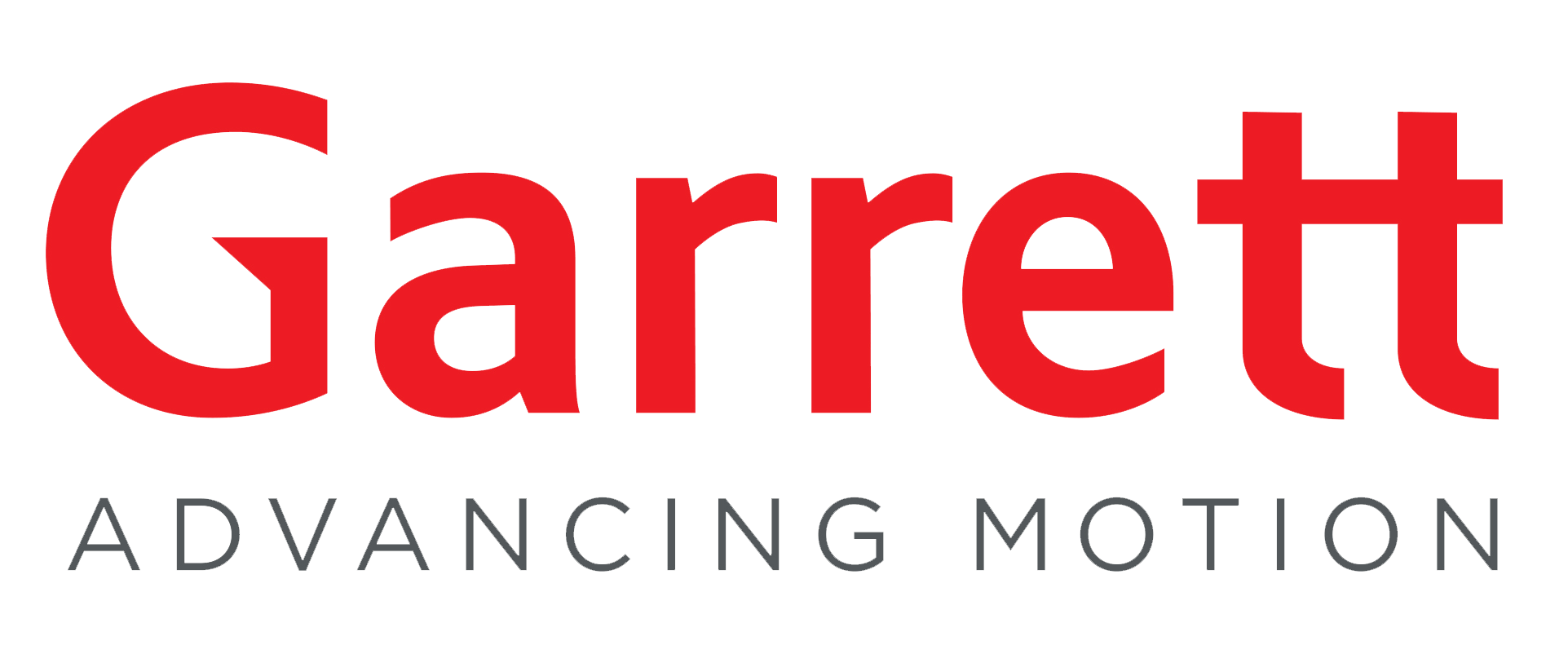NMRA….The Rocket Rise and Slow Drip Fall of a Great Organization.
/For well over twenty years the NMRA (National Mustang Racer Association) has been the go-to place for everything Ford drag racing. The question needs to be asked at this point, how did such a prominent series go from King of the Hill to damn near irrelevant within those two decades?
The late 90’s was ripe with Mustangs. For the last ten years prior to that they were dominating the streets along with cars like the Buick Grand National. You couldn’t go out and cruise in the late 80’s and throughout the 90’s without a Mustang being one of the top dogs. Whether it was a small block with a dry kit or a Ford Racing 460 big block swapped into a Foxbody, it was bound to turn heads and be the car you talked about when you got home.
The late 90’s also introduced us to an event called the World Ford Challenge. A meeting if you will of the best of the best in the Ford drag racing community coming together in one place to see who the real Kings and Queens of Ford drag racing were. It was around this time that NMRA was in its infancy as an organization. The NMRA was poised to face off head-to-head with FFW (Fun Ford Weekend) as the other Ford drag racing association that catered to Mustangs and everything else Ford powered.
Well before the explosion that we see now with regards to Pro Mod racing, the Ford community had Pro 50. While Pro Mod had been around for years, to a lot of Ford people the Pro 50 class was what turned them on to Pro Mod later on. Pro 50 along with Pro Street featured the nitrous huffing, turbo spooling, blower beating, combinations in a chassis that some would say looked like a spaceship.
Names like Les Bear, Don Walsh, Doug Mangrum, The DaSilva’s, the late Steve Grebeck, and many more. These were pioneers of the sport and helped to propel the sport into what we see on our social media feeds today. Whether they were racing in FFW, NMRA, NSCA, NMCA, etc. they were out there creating parts, making things work, and running times that most of us though were untouchable.
Long before Donald Long brought drag radial racing front and center to the masses there were drag radial classes in both NMRA and FFW. Some of the stars that helped to push the radial world more than twenty years ago still have their hands in that arena, whether it be as tuners or drivers. Unheard of performances in the late 90’s and 2000’s that laid the foundation for what we see in RvW, Pro275, LDR, X, and Ultra today.
In the infancy of NMRA, we saw how close a lot of the classes resembled that of the Fun Ford Weekend side. There tended to be a lot of crossovers between the racers in both organizations. Eventually though, the NMRA was the last one standing. The last one standing with no competition to speak of isn’t always a good thing though. We shall see why in a minute.
Classes tend to come and go in drag racing. One will fade out and another one comes in to replace it because it’s more popular. Classes like Hot Street and Real Street were fan favorite classes, but they both eventually fell to the wayside. Whether it was the increasing costs of running the class, or the ineptitude of those in control of the rules. Either way, two of the most inventive and crowd-pleasing classes slowly vanished. Seems to be a theme with the once dominate NMRA. Let something run its course and then try to play catch up to replace it with something else.
Within the last 15 years, the radial movement and 1/8th mile racing has taken hold of the drag racing world. While bracket programs are what typically keep tracks open for the year, it’s the big events, fast classes, and stars, that put asses in the seats to watch drag racing. The NMRA failed for years to see this trend or didn’t care to see it. It was excuse after excuse on why they didn’t make the needed changes to keep the product fresh.
When you have no competition, you tend to rest on your laurels, and that is exactly what NMRA did. While drag racing was moving forward, NMRA had their head in the sand and only wanted to do it their way. They failed to realize that the emergence of radial racing around the country was in fact competition to their brand and style of racing. The insistence to not transition over from all quarter mile racing to some 1/8th mile racing was an immediate determent to the organization as well. More and more drivers were realizing that 1/8thmile racing was the future, and a lot less hard on their parts, which in turn was a lot less hard on their wallet.
NMRA was years behind on adding classes that would mirror the rules of X275 and Ultra Street. Though it was suggested numerous times in numerous circles, there was excuse after excuse on why not to do it. We as fans, media, sponsors, etc. all saw the movement towards something different, and instead of embracing that movement, it appears that NMRA just ignored it all together for entirely too damn long.
Let me ask those reading this a question. Would you as a spectator, be willing to spend $55 for a three-day pass to watch bracket racing? Would you as a crew member spend almost $100 to be there from Thursday to Sunday? Based on the amount of people you see in the stands at an NMRA event I think the answer is pretty clear. This pricing structure really hasn’t changed much since I competed in the NMRA from 2002-2008. When I say a bracket race, the entire event isn’t bracket racing, but it’s surely close to that.
If you were an old school NMRA fan or racer that hadn’t paid attention in years and I told you that the NMRA now consisted of only four heads-up classes, which are Renegade, Limited Street, Coyote Stock, and Factory Stock, would you be surprised? Would you as a fan be interested in paying your money to go see these four classes, the quickest of which is a 4.50’s radial style class? Is that value for your entertainment dollars?
The heads-up classes that NMRA has are certainly great classes to spectate, there isn’t a rush to your seats or the fence line class that you must see. There is no Super Street Outlaw anymore. There is no Pro 50 anymore. Instead, they have drifting events and monster truck stuff. The car show has always been a great staple and tradition to the NMRA, a tradition that I certainly love, but this other shit, it has nothing to do with drag racing, and in my opinion it’s just a reach to get people to show up. I was under the impression that the drag racing is why people showed up.
Cash is King the slogan goes. Unfortunately, the NMRA seems to think that contingency is still king 20 plus years later. Let’s take for example the Renegade class, which for those that don’t know, it’s pretty much Ultra Street. The payout in Orlando to win that class was $2500 and Runner-Up was $600. Now they will say that their contingency makes up for that because the winner gets $350 per contingency and the R/U get’s $175. Well guess what, even if you have ten contingency, which chances are you won’t, that’s a total of a $6000 purse for your “headlining” class. Add to the fact that you then must wait to get paid by someone else for that contingency, and in case you haven’t noticed, the contingency list seems to be shrinking each year. It’s certainly not as extensive as it was when I competed there.
So, you have a lack of fans, a lack of heads-up cars and entries, a sub-par payout structure, and you’re still racing all day on Sunday. For more than twenty years we have looked at NMRA as the leader in Ford drag racing, and for index/bracket style racing they certainly are that. At what point are racers going to get tired of racing for a ring and jacket like this is 2003 though? Fuel prices are still high, the cost to build a competitive car is much higher than it was before, and here’s a new flash…racers want to race in front of fans! They want the excitement of people coming to see the racing.
I said years ago that the only way NMRA survives in drag racing is that they will have to combined with NMCA. The NMRA is already down to six events a year, and 50% of those events are combined events with their sister series the NMCA. This is 2023, not 2003, and changes need to be made. NMRA’s rise was like a rocket ship and their fall in like that annoying dripping faucet. Drip….drip….drip…either fix the damn faucet or replace the entire sink.
From 2002 through the 2020 NMRA season I had been to at least one race. Since the beginning of 2021 I haven’t been to a single NMRA event. I have been a fan there, a racer there, a crew guy there, and a journalist there, and yet I find no reason to go back and be any of those things anymore. Living in the past when it comes to drag racing might not get us into the future, but failure to see and create the future won’t even give you a past to look back on!





